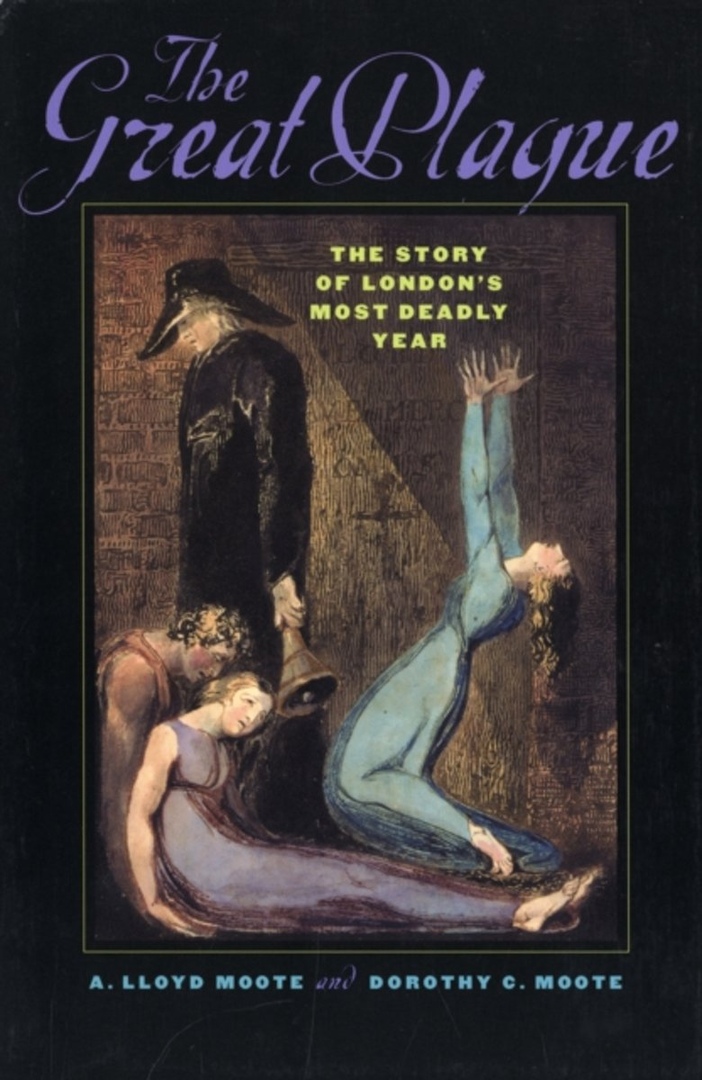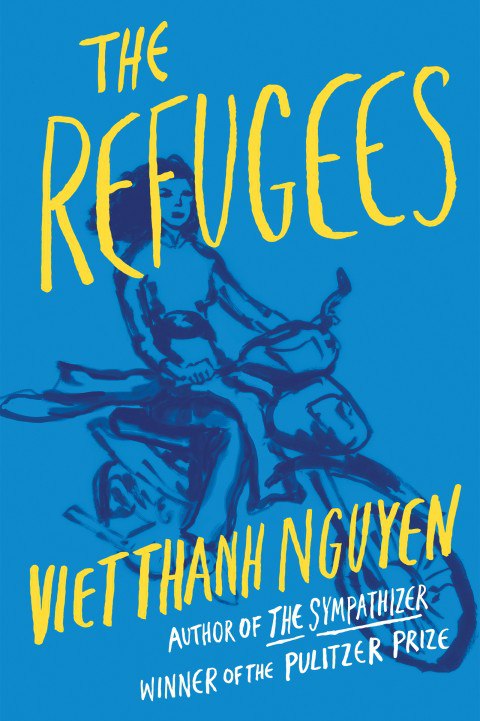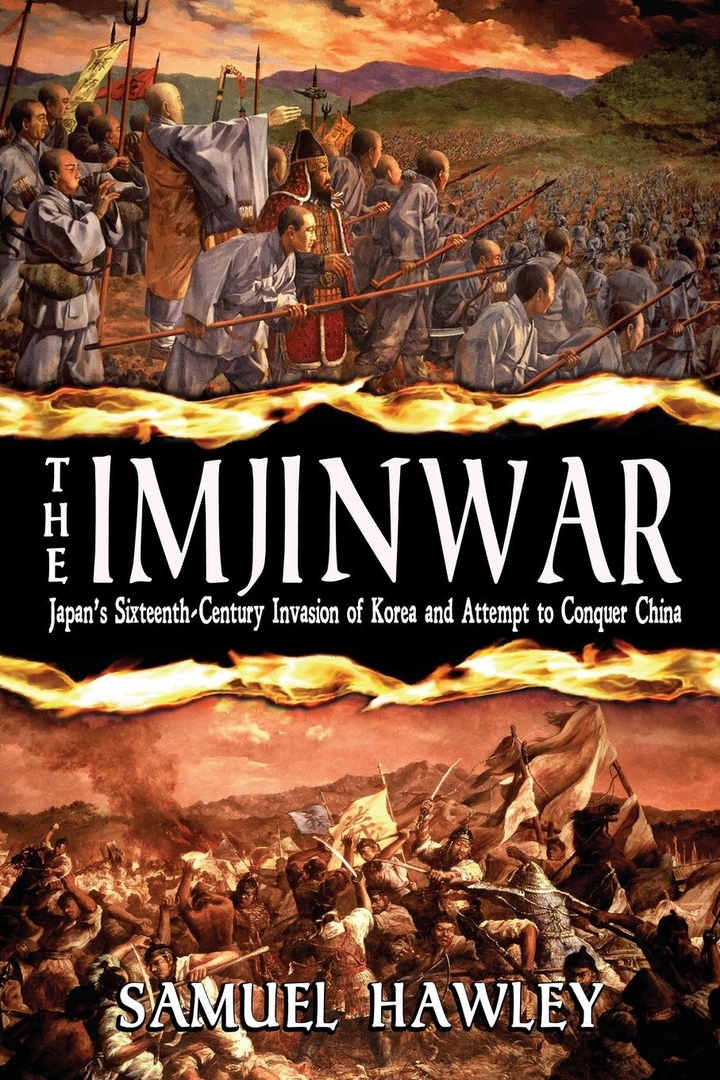The Great Plague: The Story of London’s
The Great Plague: The Story of London’s Most Deadly Year – A. Lloyd Moote, Dorothy C. Moote
Johns Hopkins University Press | 2008 | PDF
In the winter of 1664-65, a bitter cold descended on London in the days before Christmas. Above the city, an unusually bright comet traced an arc in the sky, exciting much comment and portending “horrible windes and tempests.” And in the remote, squalid precinct of St. Giles-in-the-Fields outside the city wall, Goodwoman Phillips was pronounced dead of the plague. Her house was locked up and the phrase “Lord Have Mercy On Us” was painted on the door in red. By the following Christmas, the pathogen that had felled Goodwoman Phillips would go on to kill nearly 100,000 people living in and around London — almost a third of those who did not flee. This epidemic had a devastating effect on the city’s economy and social fabric, as well as on those who lived through it. Yet somehow the city continued to function and the activities of daily life went on.
In The Great Plague, historian A. Lloyd Moote and microbiologist Dorothy C. Moote provide an engrossing and deeply informed account of this cataclysmic plague year. At once sweeping and intimate, their narrative takes readers from the palaces of the city’s wealthiest citizens to the slums that housed the vast majority of London’s inhabitants to the surrounding countryside with those who fled. The Mootes reveal that, even at the height of the plague, the city did not descend into chaos. Doctors, apothecaries, surgeons, and clergy remained in the city to care for the sick; parish and city officials confronted the crisis with all the legal tools at their disposal; and commerce continued even as businesses shut down.
To portray life and death in and around London, the authors focus on the experiences of nine individuals — among them an apothecary serving a poor suburb, the rector of the city’s wealthiest parish, a successful silk merchant who was also a city alderman, a country gentleman, and famous diarist Samuel Pepys. Through letters and diaries, the Mootes offer fresh interpretations of key issues in the history of the Great Plague: how different communities understood and experienced the disease; how medical, religious, and government bodies reacted; how well the social order held together; the economic and moral dilemmas people faced when debating whether to flee the city; and the nature of the material, social, and spiritual resources sustaining those who remained.Underscoring the human dimensions of the epidemic, Lloyd and Dorothy Moote dramatically recast the history of the Great Plague and offer a masterful portrait of a city and its inhabitants besieged by — and defiantly resisting — unimaginable horror.
The Mootes have written an extraordinary and insightful account of life in London during 1665, when nearly 100,000 people died of the plague. They detail the havoc unleashed upon the city and the efforts of the large number of people who stayed behind rather than fleeing. The Mootes apply their knowledge of history (Lloyd Moote) and microbiology (Dorothy Moote) to analyze the results of their original archival research, most notably the city’s weekly “Bills of Mortality” and unpublished documents including publicly distributed pamphlets, personal correspondences, business ledgers and medical records. The story they tell is of two Londons, the working poor of the “alleys and cellars and tenements,” and the rich, titled and merchant classes, and how they become “interdependent” during 1665. In a powerful narrative device, the authors often incorporate the words of real people, including Samuel Pepys, who continued risky business arrangements and a “wide range of exotic adventures”; Symon Patrick, the rector of metropolitan London’s wealthiest congregation; and Nathaniel Hodges, a doctor who valiantly sought to find a cure for the disease in the face of popular healers selling self-proclaimed “wonder drugs,” as well as outdated medical practices. The book also details how the Restoration government was woefully unprepared for dealing with the plague; an epilogue on the development of microbiology and antibiotic cures forcefully argues that modern society still needs to be better prepared for future infectious diseases.
 1 / 1
1 / 1

